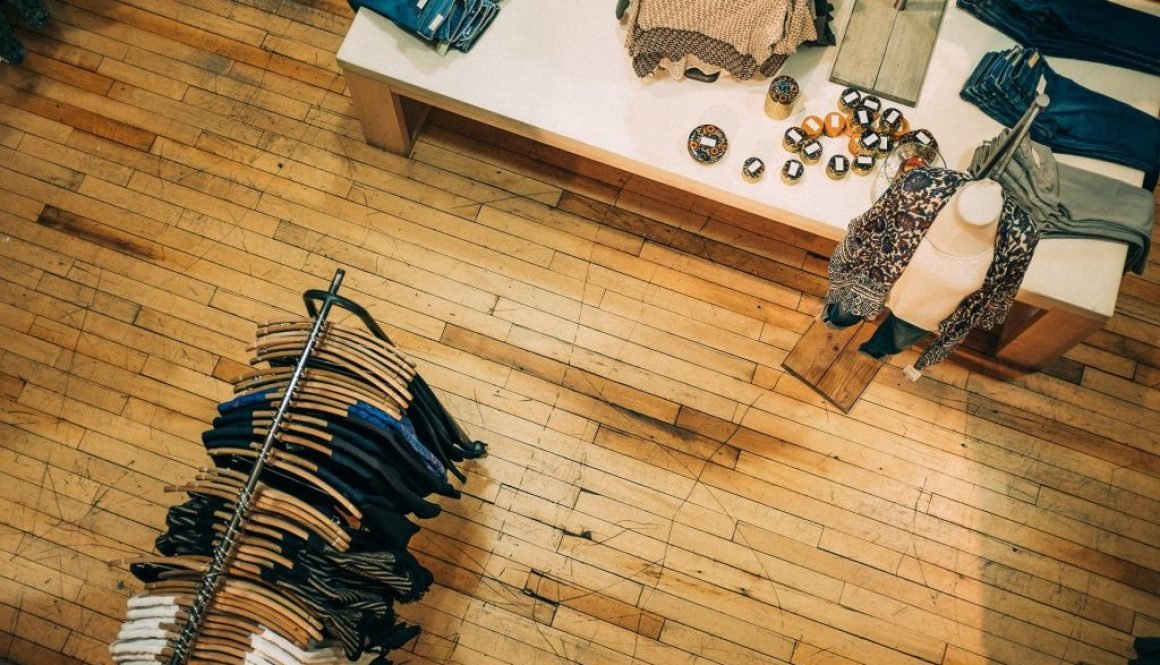BARE NO COVERAGE CLOTHING, MINIMAL COVERAGE THONG
No Coverage Clothing
No coverage clothing can be a good choice for anyone who wants to feel confident about their body. This type of clothing looks good on most body types and can be especially beneficial for people who have a problem with their self-esteem. It can also be easy to put on and take off. In addition, it is convenient for travel.
Benefits of no coverage clothing

Many women and men enjoy the comfort and simplicity of no coverage clothing. It doesn’t require any adjustments or matching, and it can be easily thrown on without a struggle. Many no coverage pieces are also easy to store, which is a huge plus. You can keep your clothes and souvenirs inside without worrying about them spilling out on the floor.
No coverage clothing is a great choice for those who are concerned about exposing too much skin. It allows you to move freely and is especially beneficial to those who are active. The lightweight materials and breathable fabrics in no coverage clothing help you stay comfortable and dry. No cover clothing is also stylish, and it comes in a variety of designs and styles.

No coverage clothing is a great option for those who want to stay cool during hot weather. The lack of coverage keeps you comfortable and cool, making it an ideal choice for any activity. It can be worn by itself or as an undershirt. And since the fabrics are four-way stretchable, they will not bunch up or chafe. They also won’t restrict your movements.

Helps prevent sunburn
While you don’t need to wear denim or heavy denim every day, it’s better to wear fabrics with a tight weave, which block out more UV rays. Also, unbleached cotton, lightweight satin silks, and shiny polyester are also protective. Sun protective additives are sometimes used in these fabrics, but these can wash out over time.
Investing in a broad brimmed hat is a simple way to protect your face and head from the sun’s harmful rays. Baseball hats don’t provide the same level of protection, so look for one without a hole. When wearing shoes, choose sandals or barefoot footwear, but make sure to apply sunscreen to exposed skin. When in doubt, wear broad spectrum water-resistant sunscreen with an SPF of 30 or more.

If you’re planning to spend a lot of time outdoors, wear long-sleeved shirts and pants with long sleeves and skirts. These pieces will cover most of your skin, and dark-colored fabrics provide better protection than light-colored ones. Additionally, make sure to choose fabrics that have good UPF ratings. You can also look for UPF labels on your clothing. However, it’s important to keep in mind that more layers of clothing don’t necessarily mean that you’re getting better protection. A fabric’s weave density is the most important factor in UV protection. A dense knit or pant material will have fewer holes and therefore block more UV rays.
